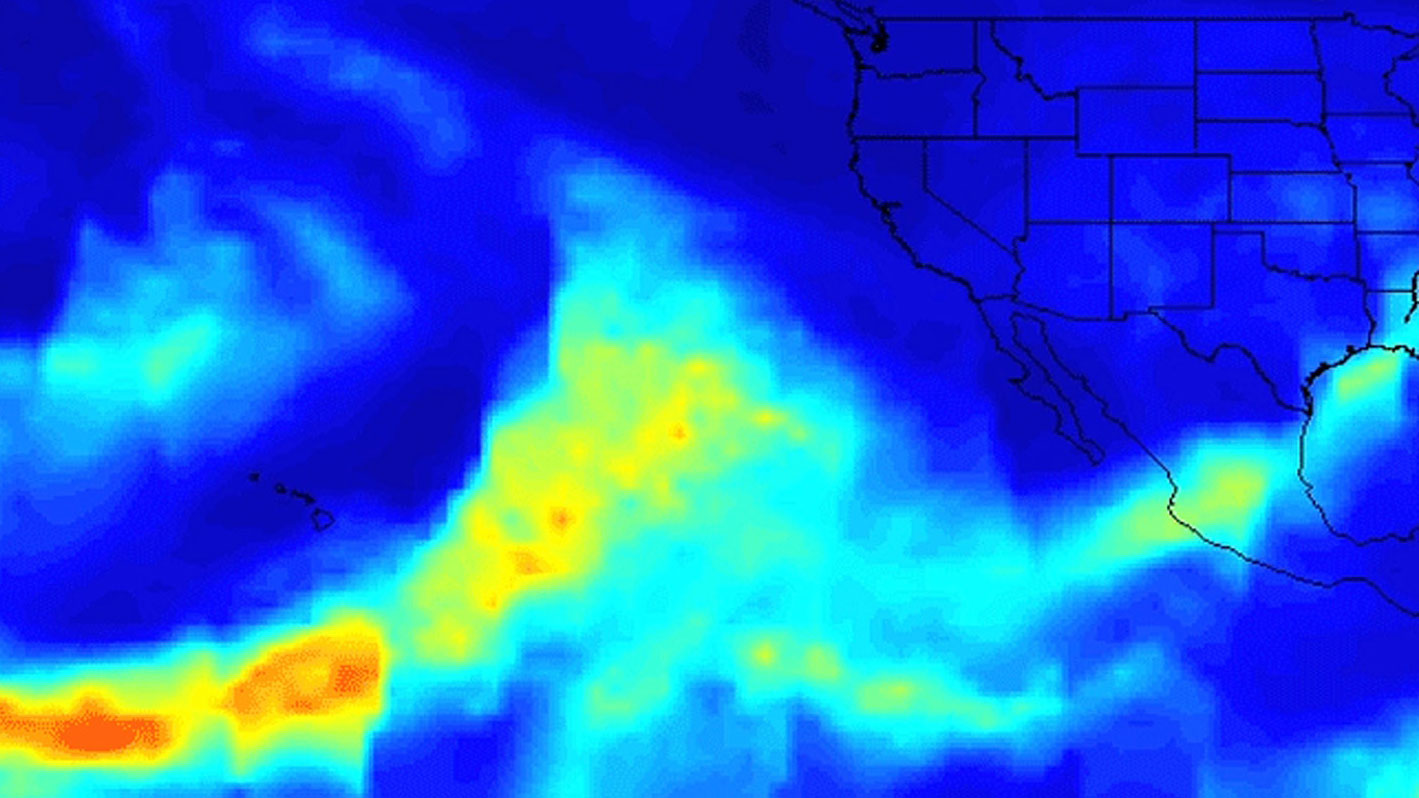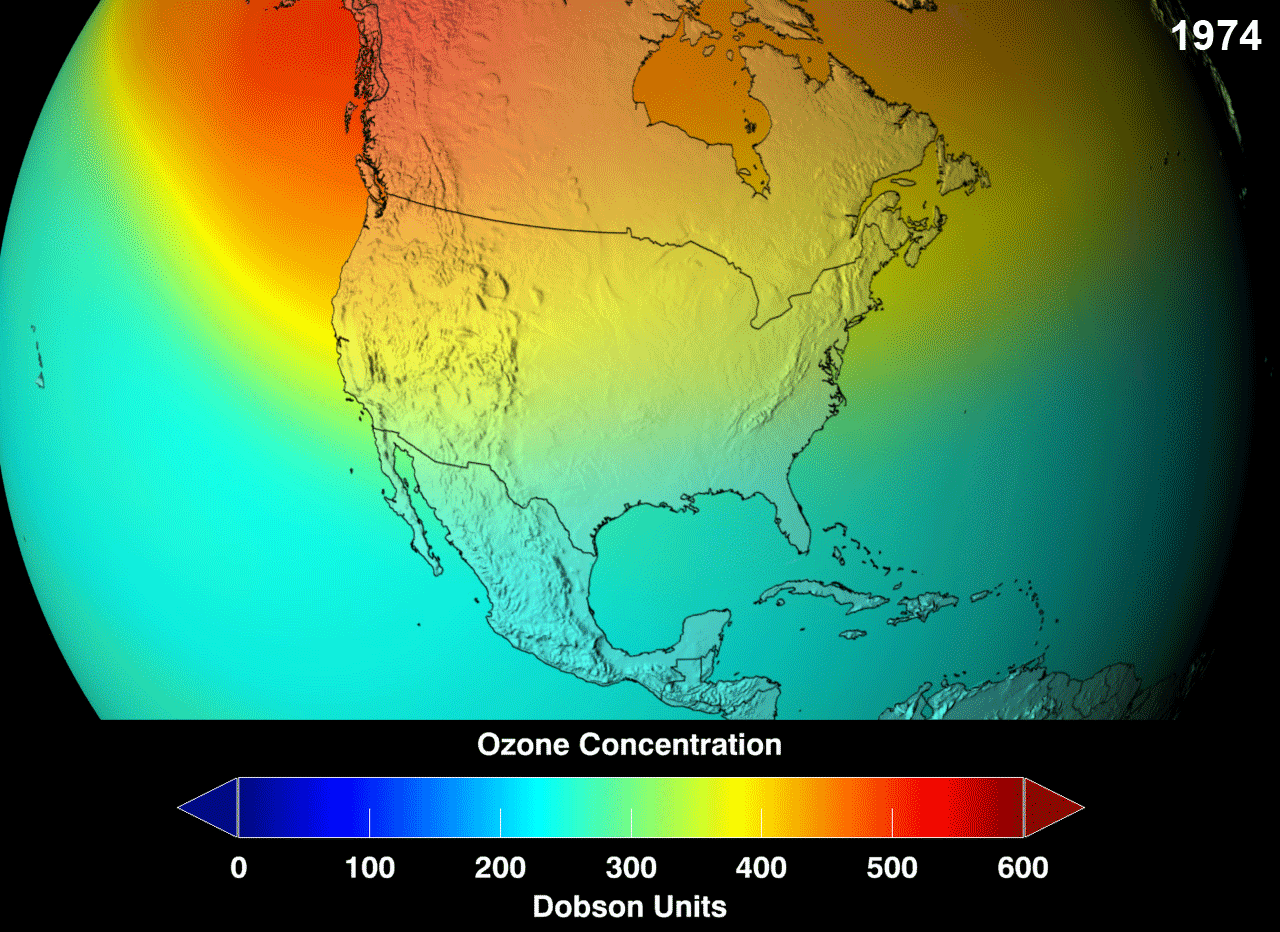Difference Between Climate Change and Ozone Depletion
What is Climate Change?
Although climate change can be a general term referring to any change in the climate and patterns of temperature and weather, it is often used to refer to a specific form of climate change in which the global average temperature of the planet has been gradually rising since the beginning of the Industrial Revolution.
Discovery of Climate Change
Climate change was first predicted by Charles David Keeling of the Scripps Institution of Oceanography. In the 1960s, he observed that global concentrations of carbon dioxide in the atmosphere were increasing from year to year.
Data from ice cores and other sources have further corroborated the fact that, since the Industrial Revolution, carbon dioxide has been increasing at a rate much faster than the usual variations in Holocene carbon dioxide levels. From this increase in carbon dioxide, scientists in the mid-20th century predicted that the global temperature would rise. Since the 19th century, the global temperature has risen by about 1 degree Celsius over the pre-industrial norm.
Effects of Climate Change
Among the predicted effects of climate change are an increase in the intensity of extreme weather events and sea level rise. Both of these phenomena have been happening. The global sea level is expected to rise to a level that will affect low-lying communities by the end of the century. Also, an increase in the intensity of hurricanes, heatwaves, and other extreme weather events is expected to make life more difficult for people living in areas already affected by those phenomena.
Another effect is the possible shifting of climatic zones farther north. For example, subtropical deserts could expand, leading to further desertification of places such as the eastern Mediterranean and the American southwest. Furthermore, the taiga and tundra of Canada and Russia are likely to be replaced by more temperate environments, possibly allowing for more farmland. This is one scenario in which global climate change could have positive outcomes. On the other hand, many coral atolls in the Pacific could be inundated by the end of the century because of sea level rise.
What is Ozone Depletion?
Ozone depletion refers to the phenomenon of the thinning of the Ozone layer in the stratosphere. Ozone is toxic at ground level, but in the stratosphere, it is important for biological life because it absorbs harmful UV-B radiation.
Here are Main points on Ozone-Depleting
The ozone hole
In the 1970s and 1980s, scientists working in Antarctica discovered that there was a region of the stratosphere over Antarctica which had significantly reduced levels of ozone, especially in the spring. They also realized that the ozone was declining continuously. It looked like the ozone layer was gradually disappearing starting at the poles. This was dubbed “the ozone hole.”
What are the Causes of the ozone hole?
Climate scientists soon discovered that this was caused by industrial pollutants containing chlorine and bromine which can prevent the production of ozone. Ozone is composed of three oxygen atoms and forms when a diatomic oxygen molecule combines with an extra oxygen atom. Certain compounds containing bromine and chlorine can break apart ozone, thus endangering the protective shield the ozone layer creates in blocking UV-B radiation.
At the time, abundant chlorine-based compounds and other ozone-depleting compounds had been recently introduced into the atmosphere and these compounds were becoming trapped within clouds that formed in the stratosphere in the Antarctic winter.
During spring, when the sun returns to Antarctica, these compounds react destructively with the ozone. Researchers were able to determine that excess chlorine was coming from industrial products that had been made by human civilization. The source of the chlorine was found to be chlorofluorocarbons, or CFCs, a compound consisting mainly of chlorine, fluorine, and carbon. CFCs had been recently developed and were being used as refrigerants all over the world.
After it was discovered that chlorine-bearing products, like CFCs, and bromine bearing products were contributing to the ozone hole, an international movement formed to ban CFCs and other ozone-depleting substances. This was eventually accomplished with the Montreal Protocol in 1987, where most of the existing countries at the time agreed to phase out CFCs and other compounds that might threaten the ozone layer.
Ozone recovery
Since 1987, atmospheric investigators studying the ozone in Antarctica have observed an increase in ozone levels. It will be a while, however, before the ozone hole completely goes away because of the long residence time of CFCs in the atmosphere. The ozone hole is expected to persist for another 50 years at least. The lesson to be learned from the ozone hole is how easy it is for human civilization affect the planet.
Similarities between Climate Change and Ozone Depletion
Climate change and ozone depletion are both examples of changes to the planet’s environment caused by human civilization releasing substances into the atmosphere. They also both have consequences that could be harmful on a global scale. Furthermore, they will both likely take international cooperation to address.
Differences between Climate Change and Ozone Depletion
Although there are similarities between these two phenomena, there are also important differences. These differences include the following.
- Climate change is primarily caused by carbon dioxide and methane and other greenhouse gases, while the hole in the ozone layer is caused by substances containing chlorine, such as CFCs, and bromine.
- Climate change involves a change in the average temperature of Earth’s atmosphere, while ozone depletion involves the loss of a layer in Earth’s atmosphere responsible for blocking UV-B radiation.
- The effects of climate change are globally distributed, while the initial effects of ozone depletion are mostly felt in the polar regions.
- Ozone depletion is largely a past issue, while climate change is one that is still yet to be addressed.
Climate Change vs. Ozone Depletion
Summary of Climate Change vs. Ozone Depletion
Climate change is a phenomenon where the global average temperature is rising due to continued greenhouse gas emissions by human civilization. This increase in temperature is expected to lead to more sea-level rise from the melting of glaciers and an increase in the frequency and intensity of extreme weather events. Ozone depletion is a phenomenon where ozone in the upper atmosphere has been depleted, mainly over Antarctica. This ozone hole was discovered by the 1980s and was found to be growing around the polar regions. It was found to be caused mainly by CFCs, a common refrigerant at the time. Since the banning of the production of CFCs, the ozone hole has reduced in size and will continue to do so for the next half a century. Climate change and ozone depletion are similar in that they are both changes to the environment caused by human civilization releasing a substance into the atmosphere. They are different in that climate change primarily involves temperature change, whereas ozone depletion involves the loss of a protective layer in the upper atmosphere. Also, while it would eventually be global, ozone depletion mostly affects the polar regions in the short term. The effects of climate change, on the other hand, are felt more or less equally across the globe. Additionally, Anthropogenic ozone depletion is also largely a resolved issue, whereas global climate change is still a pressing issue that is yet to be resolved by international cooperation.
- Difference Between Environmental Performance Index and Development - November 24, 2023
- Difference Between Environmental Intervention and Development - November 8, 2023
- Difference Between Eco Efficiency and Eco Effectiveness - September 18, 2023
Search DifferenceBetween.net :
Leave a Response
References :
[0]“Charles David Keeling Biography.” Scripps CO2 Program, http://scrippsco2.ucsd.edu/history_legacy/charles_david_keeling_biography. Accessed 9 September 2019.
[1]“The Ozone Hole,” British Antarctic Survey, 1 April 2017 https://www.bas.ac.uk/data/our-data/publication/the-ozone-layer/. Accessed 5 September 2019.
[2]“The Planet’s Temperature is Rising.” Union of Concerned Scientists, 17 November 2016, https://www.ucsusa.org/global-warming/science-and-impacts/science/temperature-is-rising
[3]https://scied.ucar.edu/ozone-layer. Accessed 9 September 2019.
[4]Wuebbles, Donald. "Ozone Depletion" Encyclopedia Britannica, Version (edition),
[5]Encyclopedia Britannica, Inc., 16 February 2018, https://www.britannica.com/science/ozone-depletion). Accessed 5 September 2019.
[6]Image credit: https://en.wikipedia.org/wiki/Ozone_depletion#/media/File:Future_ozone_layer_concentrations.gif
[7]Image credit: https://www.jpl.nasa.gov/images/airs/20180524/PIA21209c-16.jpg



